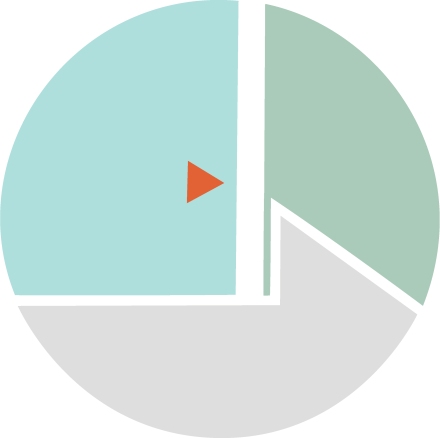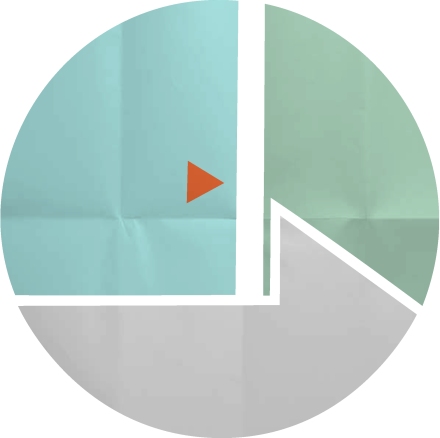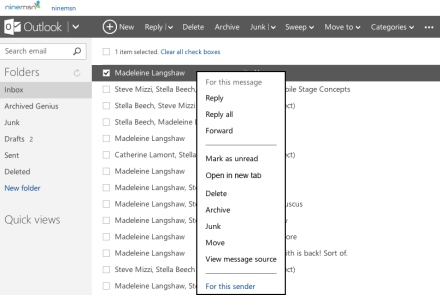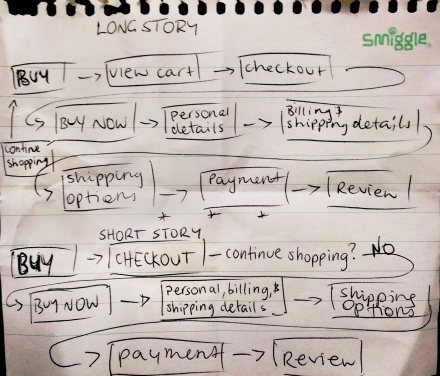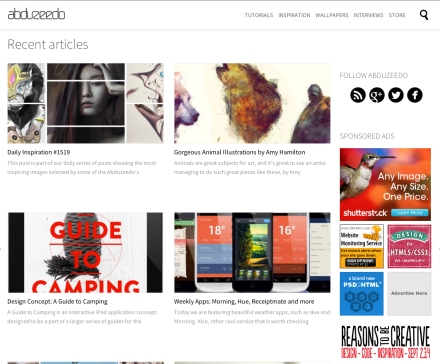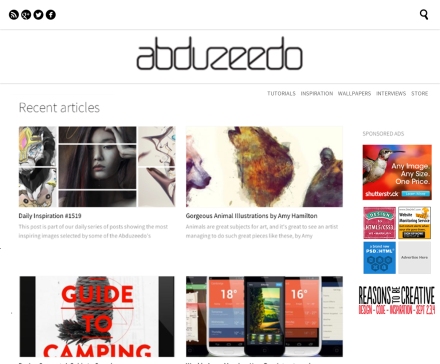Ditching the title numbering system because that’s too boring.
Kathy Sierra’s video was unexpectedly educational. I suggest you watch it. She said that we shouldn’t be focusing on making the app – or whatever else – awesome, although that does help. We need to focus on making the user a badass. Apparently, that’s quite easy to do.
I have to apply that philosophy to a present project. Being a cat person, I’m working on designing a classy cat shampoo for people who don’t want something with a corny name and a badly photoshopped picture of a cat on the front.
The instructions on my product were initially very brief and to the point, making it seem like washing your cat is a walk in the park. It’s not, and it never will be, if you keep doing it the traditional way. By making the shampoo a spray-on that requires no water and giving better instructions with more adjectives and articles (grammatical articles, not written articles) hopefully the cat owner will feel like she’s gifted in the art of cat washing and instruction deciphering, and thereby will feel awesome because she didn’t get clawed at too excessively.
